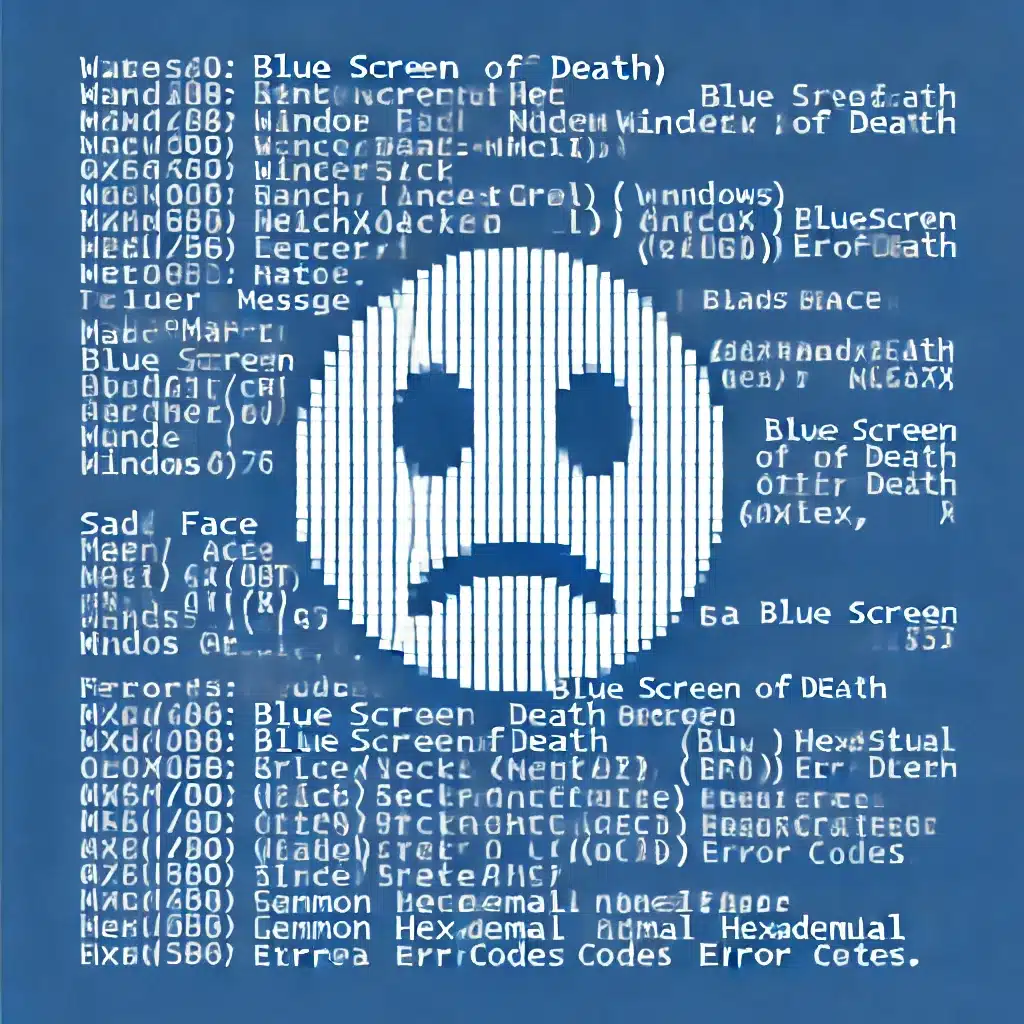Why Did Blockchains Stay Up Amid CrowdStrike Outage ?

CrowdStrike is a leading cybersecurity company that creates software to protect computers and devices from…
The post Why Did Blockchains Stay Up Amid CrowdStrike Outage ? first appeared on Crypto Beat News.
CrowdStrike is a leading cybersecurity company that creates software to protect computers and devices from hacks and viruses. Many large organizations, including banks and healthcare providers, rely on CrowdStrike to secure their systems.
But Then Came The Update…
On Friday, CrowdStrike released an update to its Falcon security software. This update caused a major problem: it made computers running Windows crash, resulting in the infamous “blue screen of death”.
The faulty update led to widespread disruptions across various industries. Banks and healthcare providers saw their services interrupted, media outlets went offline, and airports experienced delays and grounded flights.
12-hour timelapse of American Airlines, Delta, and United plane traffic after what was likely the biggest IT outage in history forced a nationwide ground stop of the three airlines. pic.twitter.com/wwcQeiEtVe
— Colin McCarthy (@US_Stormwatch) July 19, 2024
The issue was that CrowdStrike’s software needs deep access to a computer’s operating system to scan for threats. The update caused machines to crash and restart repeatedly.
CrowdStrike quickly identified the source of the problem and rolled back the update to prevent further issues. Microsoft confirmed that the problem was with the CrowdStrike update and not with Windows itself. They also restored their cloud services, noting that the CrowdStrike issue was separate from an unrelated Azure outage.
Fix is out. pic.twitter.com/9hkTt5L2SZ
— Mutha Nagavamsi (@MuthaNagavamsi) July 19, 2024
Blockchains Stayed Up Amid CrowdStrike Outage
While many industries faced huge disruptions due to the faulty update from CrowdStrike, the blockchain and crypto sectors remained largely unaffected. Various crypto firms, including Binance, Kraken, and Solana-based Pumpfun, reported no impact from the CrowdStrike outage. Also Cardano and other blockhains remained working as if nothing had happened clearly showing the resilience of blockchain technology compared to traditional IT infrastructures. And that is an understatement.
My banking app is down, but the Cardano blockchain is still working perfectly fine
@CrowdStrike said it was a bug and not an attack.
https://t.co/SHOokBCIV2 pic.twitter.com/HpbTr5NRls
— ₳nt (@Anthony_Bloom_) July 19, 2024
Here’s why blockchains stayed up amid the CrowdStrike outage.
Decentralized Structure
Blockchains operate on decentralized networks, meaning there isn’t a single point of failure. Unlike traditional systems reliant on centralized servers, blockchain technology distributes data across multiple nodes globally, making them resilient to localized software issues. For example, Bitcoin’s network does not depend on a single entity or server.
Different Security Protocols
Blockchain systems use cryptographic methods and consensus algorithms for security, unlike traditional endpoint security software. For instance, Ethereum uses a proof-of-stake consensus mechanism, which is different from CrowdStrike’s endpoint protection.
Specialized Operating Systems
Many blockchain networks run on specialized software and hardware that are not reliant on traditional operating systems like Windows. Solana, for example, runs its nodes on custom-built software that doesn’t necessarily interact with Windows.
Limited Use of Endpoint Security
Crypto firms and blockchain companies may not use CrowdStrike or similar endpoint security software extensively. They often employ their own tailored security measures. Binance and Kraken likely use a combination of proprietary security protocols and decentralized mechanisms instead of relying heavily on third-party security software.
Decentralized Systems vs Centralized IT Infrastructures
Blockchain networks are designed with redundancy and resilience in mind. Multiple copies of the blockchain are stored across numerous nodes, ensuring the network remains operational even if some nodes fail. If certain nodes running Solana were to encounter issues, other nodes would continue to validate transactions and maintain network integrity.
Blockchain networks remained unaffected by the CrowdStrike software update due to their decentralized structure, different security protocols, independence from traditional operating systems, limited reliance on endpoint security, and built-in redundancy and resilience.
The post Why Did Blockchains Stay Up Amid CrowdStrike Outage ? first appeared on Crypto Beat News.
Since you’re here …
… we have a small favour to ask. More people are reading Side-Line Magazine than ever but advertising revenues across the media are falling fast. Unlike many news organisations, we haven’t put up a paywall – we want to keep our journalism as open as we can - and we refuse to add annoying advertising. So you can see why we need to ask for your help.
Side-Line’s independent journalism takes a lot of time, money and hard work to produce. But we do it because we want to push the artists we like and who are equally fighting to survive.
If everyone who reads our reporting, who likes it, helps fund it, our future would be much more secure. For as little as 5 US$, you can support Side-Line Magazine – and it only takes a minute. Thank you.
The donations are safely powered by Paypal.
















